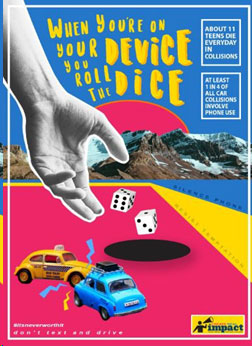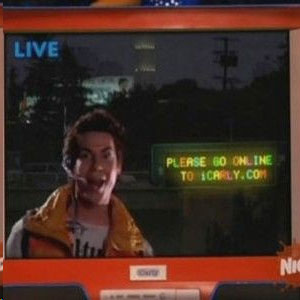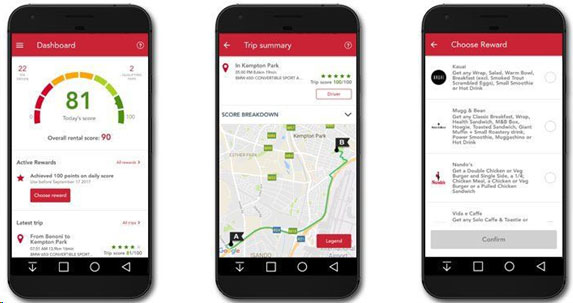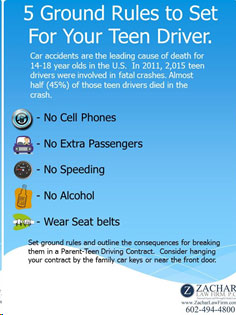Chaffin Luhana Foundation Announces 2021 Anti-Distracted Driving Scholarship Essay Contest
Leave a CommentThe Chaffin Luhana Foundation is now accepting submissions for its annual Anti-Distracted Driving Scholarship Contest, awarding a $2,500 scholarship to one student in the Greater Pittsburgh Area who submits an inspiring personal essay on increasing distracted driving awareness.
The Chaffin Luhana Foundation, a non-profit organization that encourages the development of human potential and supports community empowerment, is pleased to announce that it is accepting submissions for its annual Anti-Distracted Driving Scholarship. The 2021 scholarship will award a local student in the Greater Pittsburgh area helping in the fight against distracted driving with a $2,500 scholarship to be applied toward further education.
Recognizing the dangers associated with distracted driving – while at the same time committed to educating and acting upon it – the Chaffin Luhana Foundation’s annual campaign invites students to submit an inspiring essay about distracted driving. These essays can be about a personal experience, a proposed awareness campaign, or technology and its impact on distracted driving.
“Our goal is to encourage students to take a critical look at the ways in which they commonly become distracted while driving,” says Eric Chaffin, Managing Partner of Chaffin Luhana LLP, and a Trustee of the Chaffin Luhana Foundation.
“Distracted driving is a leading factor in crashes nationwide, and is especially deadly among young drivers. While we’ve been unable to present directly to students due to Covid-related school-closings, our annual campaign continues to allow us to connect, inform, and educate.”
High school and college undergraduate students in the Greater Pittsburgh Area are invited to submit a 500-700-word essay about one of the following topics:
- Personal Experience. Have you had a personal experience with distracted driving? If so, how has it impacted your life?
- Plan for Action. Create a realistic distracted driving awareness campaign to effectively reduce the number of distracted driving-related auto accidents in the U.S. Please include: ways to better educate the public about the dangers of distracted driving; steps that can be taken to prevent new, young drivers from distracted driving; and actionable steps that can be taken to put an end to distracted driving.
- Technology’s Impact. How do you think technology and recent technology advancements have impacted the rise of distracted driving in the United States? Also, how big of a role do you believe that technology can have in putting an end to distracted driving?
Students are also required to post on social media tagging The Chaffin Luhana Foundation (@chaffinluhanafoundation) to explain why they believe this cause is important.
The NHTSA defines distracted driving as “any activity that diverts attention from driving, including talking or texting on your phone, eating and drinking, talking to people in your vehicle, fiddling with the stereo, entertainment or navigation system—anything that takes your attention away from the task of safe driving.”
For more information on our scholarship contest, rules, and criteria, visit our website: https://www.chaffinluhana.com/scholarship.
The application deadline is July 31st, 2021.





